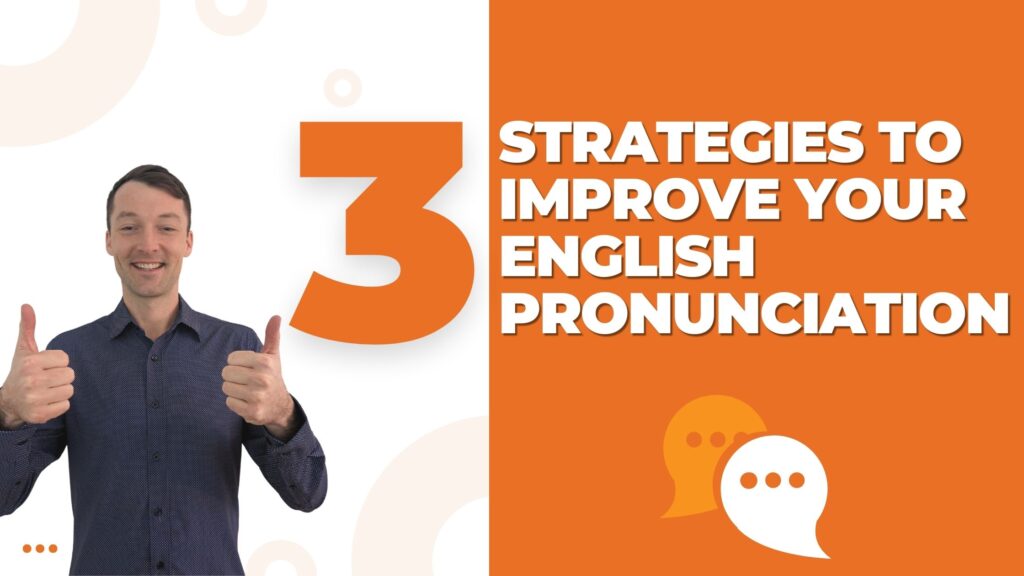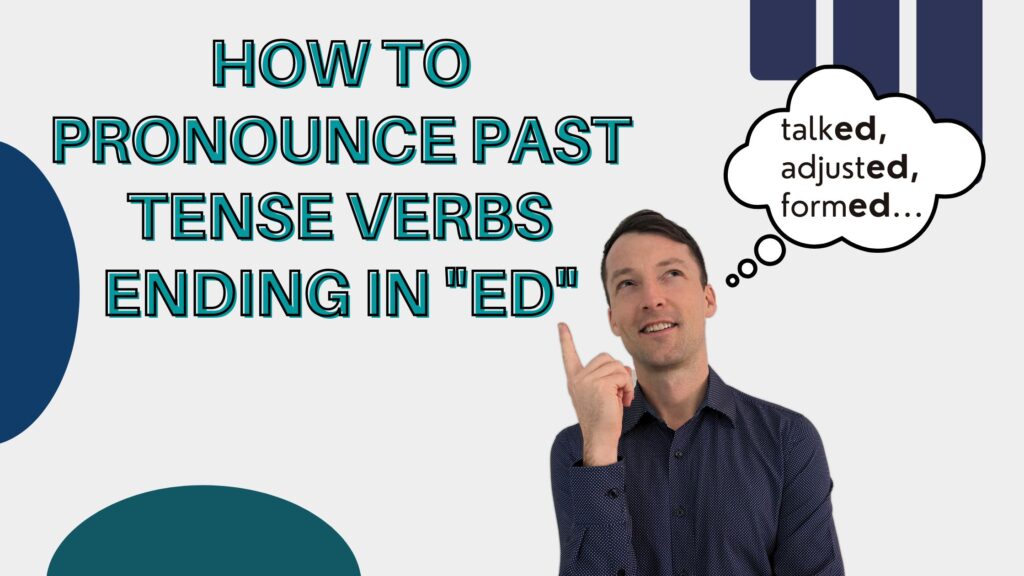The imperative is the form of the verb we use to give directions, instructions, suggestions, or advice. We also use it to give direct orders. The imperative is easy to form. We simply use the base form of the verb. In this posting I talk about how to form and use the imperative. There will be many example sentences. The download at the end will give you additional practice using the imperative.
Here is the Lesson I taught on how to form the imperative in English
Subscribe to our YouTube Channel to see all of our lessons and get the latest videos right away!
The imperative is very easy to form. It is simply the base form of the verb. Here are some examples:
To make the imperative negative, place the words ” do not” or “don’t” in front of the base form of the verb.
Using the imperative to give instructions
Your boss may use the imperative when he gives you instructions at work. He/She may say, “Work on this project until lunch time, and then go back to your regular work.” A cookbook uses the imperative as well, in the recipes it contains.
An owner’s manual uses the imperative when it tells you how to do something.
- To change the ink cartridges in your printer, first open the door indicated on the diagram.

- Remove the empty cartridge.

- Replace it with a new one.

- Close the door.

The imperative can be very forceful when you are angry or when you are giving a direct order, such as in the military.
Using the imperative to give advice
We also use the imperative to give advice or suggestions to someone. He or she is not required to do as we say, but we think it would be a good idea Here are some examples.
- You are ill. Go to the doctor.

- Deposit your paycheck now so that you can pay your rent.

- Make sure you get your car serviced before you go on a road trip.

- Don’t take her too seriously. She yells at everyone.

If we want to add emphasis, we often add the word,”just.”
- Just do it!
 This means stop wasting time and do what you promised.
This means stop wasting time and do what you promised. - Just sign right here.
 This means, “It’s easy. Sign your name.”
This means, “It’s easy. Sign your name.” - All you have too do is just sign right here.
 This means you only have to do one thing and nothing else. Sign your name.
This means you only have to do one thing and nothing else. Sign your name.
Softening the imperative
The imperative can be very direct and forceful. Sometimes it does not feel very polite. Here are some words and expressions we can add to make it softer and more polite.
- You can add “please”:
- Adding “Let’s” (Let us):
- Why don’t we:
- Why don’t you:
- Do you want to or Would you like to:
- Won’t you, will you:
- Would you:
- You will need to:
- It’s a good idea to:
- If you can:
The imperative in some common traffic words and expressions
- continue—Continue for five miles until you come to the highway.

- turn–Just turn left at the second street after the traffic light.

- keep going—Keep going until you pass a shopping mall.

- take a left/right–This means to turn. Take a left on Broadway.

- pull over—You need to pull over when you hear a siren.

- slow down–Always slow down in a school zone.

- speed up–You can speed up after you’ve passed the school zone..

- go ahead—Go ahead and change lanes. It’s clear

You now know that we use the imperative to give directions, suggestions, and advice. The imperative is the base form of the verb. We can make it negative, however, by adding “don’t” in front of the base form of the verb. We can also soften it and make it more polite by adding such words as please, let’s, why don’t we, or won’t you. The download will give you some additional practice using the imperative.
Study English Imperative Vocabulary from this lesson with these flashcards
Idioms of the day
- Keep your shirt on.
 –This means calm down. Keep you shirt on and stop yelling! I dropped the glass, but it didn’t break.
–This means calm down. Keep you shirt on and stop yelling! I dropped the glass, but it didn’t break. - Don’t cry over spilled milk.
 –This means that if something bad happens, don’t complain. Just fix the problem and go on with your life. My team lost the basket ball game, but we shouldn’t cry over spilled milk. We’ll just play better next time.
–This means that if something bad happens, don’t complain. Just fix the problem and go on with your life. My team lost the basket ball game, but we shouldn’t cry over spilled milk. We’ll just play better next time.




